From the LA Times
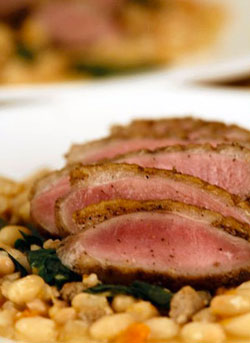 Some people mark the start of fall with an apple pie. Others start breaking out the big reds from their wine cellars. Me? I'm a bean boy.
Some people mark the start of fall with an apple pie. Others start breaking out the big reds from their wine cellars. Me? I'm a bean boy.
All it takes is the first sign of a nip in the air or the first morning that smells like ocean rain and I drag my Dutch oven out of the cupboard and start a big pot of beans simmering.
It doesn't really matter that I know the next day may be back up in the 90s. In fact, that uncertainty even makes it a little sweeter.
That week of rain we had at the end of September? A Portuguese-style stew of white beans with shrimp and clams, given a final lift by chopped pickled peppers.
A week or so later, after the 100-degree temperatures had lifted? White beans braised with dandelion greens and served as a bed for crisp-skinned duck breasts (the leftovers, without the duck, were just as good a couple of nights later, with a few tablespoons of grated Parmigiano-Reggiano stirred in).

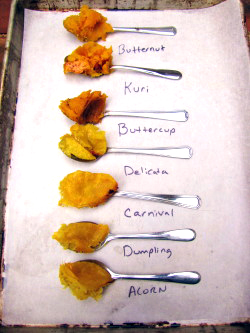 Sometimes, you just don’t know what you’re getting yourself into. Take my boyfriend, Roy, for example. I’m sure when he met me, he had no idea that one day he’d be standing around the kitchen island (which he built for me) with seven spoons and a heap of roasted squash in front of him. Fortunately, what I didn’t know (but suspected) when I met him, is that he’s a really good sport. Last Sunday, he agreed to do the winter squash taste test with me. Lucky him.
Sometimes, you just don’t know what you’re getting yourself into. Take my boyfriend, Roy, for example. I’m sure when he met me, he had no idea that one day he’d be standing around the kitchen island (which he built for me) with seven spoons and a heap of roasted squash in front of him. Fortunately, what I didn’t know (but suspected) when I met him, is that he’s a really good sport. Last Sunday, he agreed to do the winter squash taste test with me. Lucky him.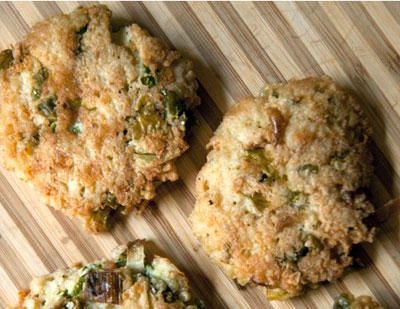 Without being super conscious about it, I have been making more and more vegetarian meals. Millet, lentils, quinoa, black beans, and lots of green vegetables are consumed weekly while less meat and chicken grace our dinner table. Don’t get me wrong, I like my animal protein. As long as it is pastured and raised in an environment that you and I would want to be raised in.
Without being super conscious about it, I have been making more and more vegetarian meals. Millet, lentils, quinoa, black beans, and lots of green vegetables are consumed weekly while less meat and chicken grace our dinner table. Don’t get me wrong, I like my animal protein. As long as it is pastured and raised in an environment that you and I would want to be raised in.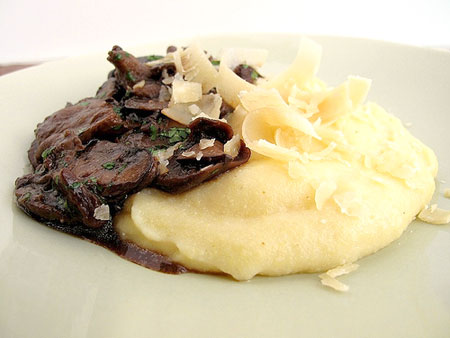 Cornmeal is a staple foodstuff in the cuisines of many cultures throughout the world, cooked in nearly similar ways. It can be found in South America, Africa, Eastern Europe, and the South where it is known as grits. Cornmeal is made from the grinding of dried corn kernels that have had the husk and germ removed, which gives it greater shelf life.
Cornmeal is a staple foodstuff in the cuisines of many cultures throughout the world, cooked in nearly similar ways. It can be found in South America, Africa, Eastern Europe, and the South where it is known as grits. Cornmeal is made from the grinding of dried corn kernels that have had the husk and germ removed, which gives it greater shelf life.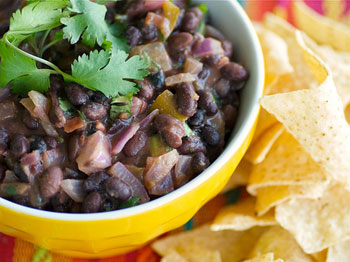 Red 28! Red 28! I like candy! Hut! Hut!
Red 28! Red 28! I like candy! Hut! Hut!
